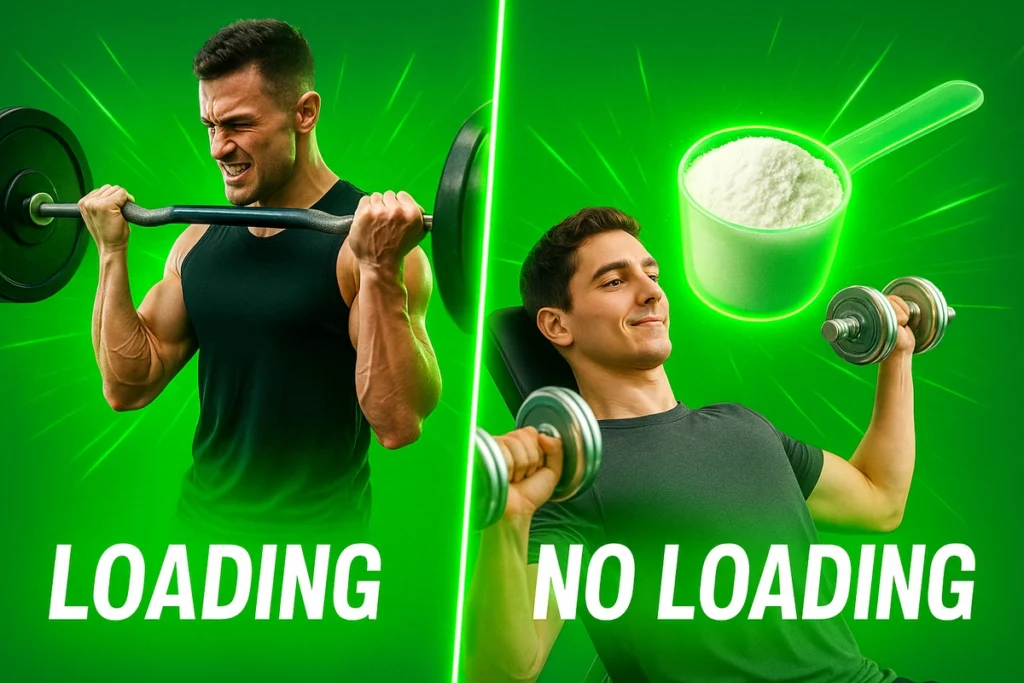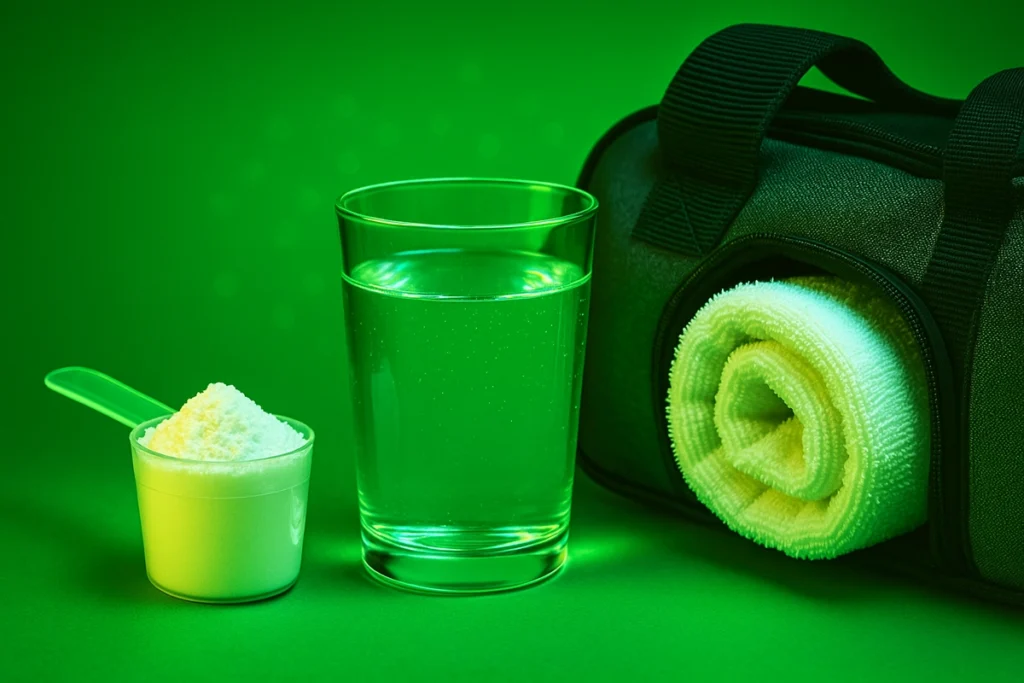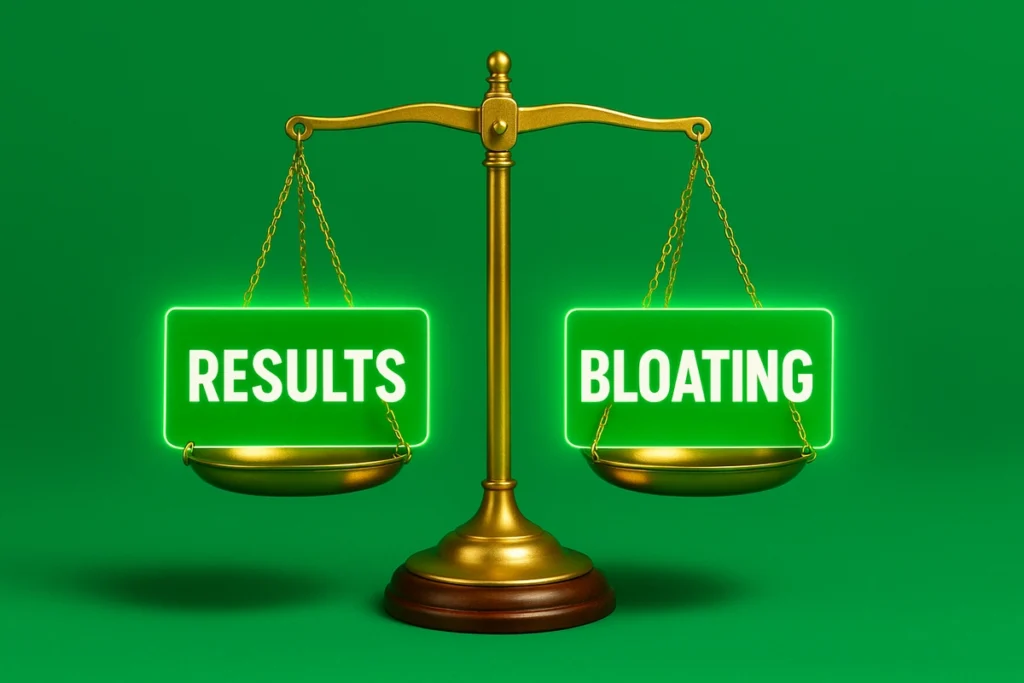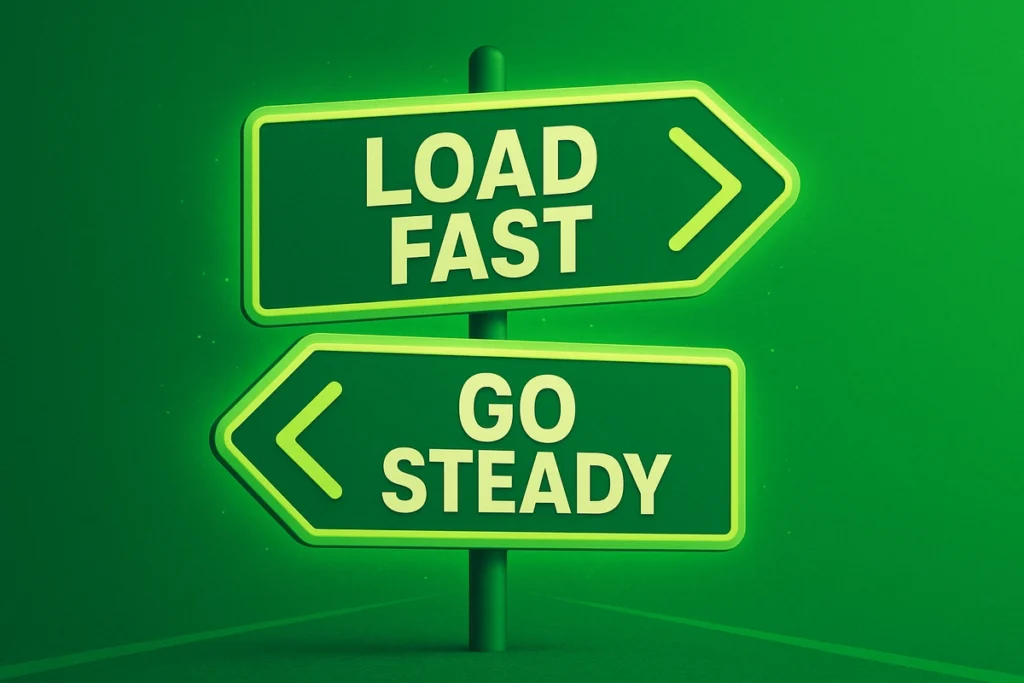If you’ve ever picked up a tub of creatine, you’ve probably come across the term “loading phase.”
But do you really need it? As a fitness trainer who’s experimented with both loading and slow-start approaches personally and with countless clients, let me break it down clearly for you so you can decide what’s best for your goals.
Table of contents
Quick Answer: Is a Creatine Loading Phase Necessary?

Short answer? No, it’s not necessary. You can skip the loading phase and still get all the benefits from creatine over time.
However, if you want faster results—like noticeable strength gains, better endurance, and fuller muscles within a week or two—then a loading phase might be a smart move.
Personally, I used a loading phase during a bulking season when I was looking to increase my strength quickly. Within the first 7-10 days, I noticed significant improvements in my lifts and a fuller look to my muscles.
There was some mild water retention around my waist, which is completely normal.
Some of my clients, like Liam, a 27-year-old amateur bodybuilder, found great success with loading as he prepared for a regional competition.
Meanwhile, many everyday gym-goers I’ve coached simply opted for the regular daily dose and still saw fantastic steady results over time.
What Exactly Is the Creatine Loading Phase?

The creatine loading phase is a short period, typically lasting 5-7 days, during which you take a higher dose of creatine—about 20 grams per day.
The goal? To saturate your muscles quickly with creatine so that you experience its full benefits—like strength, recovery, and muscle fullness—faster.
Think of it like “filling your gas tank” more rapidly rather than trickling it in slowly. Without the loading phase, it can take around 3-4 weeks of a smaller daily maintenance dose (3-5 grams) to achieve the same level of saturation.
For a deeper understanding, check out Creatine Loading: 5 or 7 Days?
Loading isn’t about getting “more” benefit overall—it’s about getting the benefits sooner.
How to Do a Creatine Loading Phase Properly

If you decide to load creatine, it’s pretty straightforward. Here’s the simple, effective plan I usually recommend:
- Take 20 grams of creatine daily for 5-7 days.
- Split the dose into 4-5 smaller servings throughout the day (about 5 grams each) to minimize stomach discomfort.
- Drink plenty of water to stay hydrated and help your body absorb the creatine properly—at least 3 liters per day.
For more timing strategies, read Best Time to Take Creatine for Muscle Growth.
After the loading phase, you move to a maintenance phase where you take 3-5 grams daily to keep your muscles topped up.
One practical tip I always give my clients—like Sophie, a 30-year-old CrossFit athlete—is to spread out the doses during the day and drink enough water.
Sophie followed this advice and not only avoided bloating but also noticed a solid strength boost during her WODs (Workouts of the Day) within just a week.
For additional benefits during loading, visit Creatine Loading Phase Workout Benefits.
Pros and Cons of Creatine Loading

Pros
- Faster results: You’ll notice improved strength, endurance, and recovery within days instead of weeks.
- Fuller muscles sooner: Particularly helpful if you’re preparing for a competition, photo shoot, or personal challenge.
- Psychological boost: Seeing and feeling changes quickly can help with motivation and consistency.
Cons
- Possible bloating: Some people, like my client Diego, a 22-year-old soccer player, experienced bloating and a little stomach discomfort during loading. It usually subsides once you move into the maintenance phase.
- More daily effort: Multiple doses throughout the day can be a hassle compared to the simplicity of one maintenance dose.
- Temporary weight gain: Mainly due to water retention, not fat gain—but it can be surprising if you’re not prepared for it.
For safety insights, read Is Creatine Safe for Your Kidneys?
Alternatives: Can You Skip the Loading Phase?

Absolutely. Skipping the loading phase is a completely valid and often preferable option, especially for beginners or those not in a hurry.
By simply taking 3-5 grams of creatine daily from the start, you’ll still fully saturate your muscles—it will just take around 3-4 weeks instead of 5-7 days.
If you’re wondering about creatine timing differences, check out Creatine on Rest Days: Should You Take It?
Many of my general fitness clients prefer the steady approach because it’s easier to maintain, reduces the risk of side effects, and fits seamlessly into their daily routine.
The choice really comes down to your goals and timeline. If you’re chasing quick strength gains, loading may be the better route. If you’re more focused on long-term consistency, slow and steady is just as effective.
For more insights on creatine’s effect over time, read Creatine After 1 Month of Gym
Trainer’s Take: My Personal Advice

From my years of personal experience and coaching hundreds of clients, here’s my honest take:
Use a loading phase if:
- You’re preparing for a competition or event.
- You want to feel and see results fast.
- You’re disciplined enough to manage multiple doses and hydration.
Skip the loading phase if:
- You’re just starting out with creatine.
- You prefer simplicity and want to avoid even mild bloating.
- You’re not in a rush to maximize performance gains.
Personally, when I used the loading method during a mass-gaining cycle, I enjoyed the rapid performance gains but stayed mindful of the slight temporary bloating.
At the end of the day, both strategies work—it’s just about choosing what fits your lifestyle and goals.
Learn about low-dose creatine benefits here: 1g Creatine Benefits
Final Thoughts: Should You Load Creatine?

Bottom line? You don’t need a loading phase to benefit from creatine.
If you’re after fast improvements in strength, recovery, and muscle volume—and you don’t mind a bit of extra planning—loading can absolutely be a smart move.
If you value simplicity and are happy to wait a few extra weeks, taking 3-5 grams daily without loading works just as well.
For women-specific timing, visit Best Time to Take Creatine for Women.
For workout-specific strategies, check Creatine During Workout: Trainer’s Guide
Whichever path you choose, creatine monohydrate remains one of the most research-backed, safest, and effective supplements you can include in your fitness journey.
Stay consistent, stay hydrated, and keep lifting strong!
Your future stronger self will thank you!



Leave a Reply